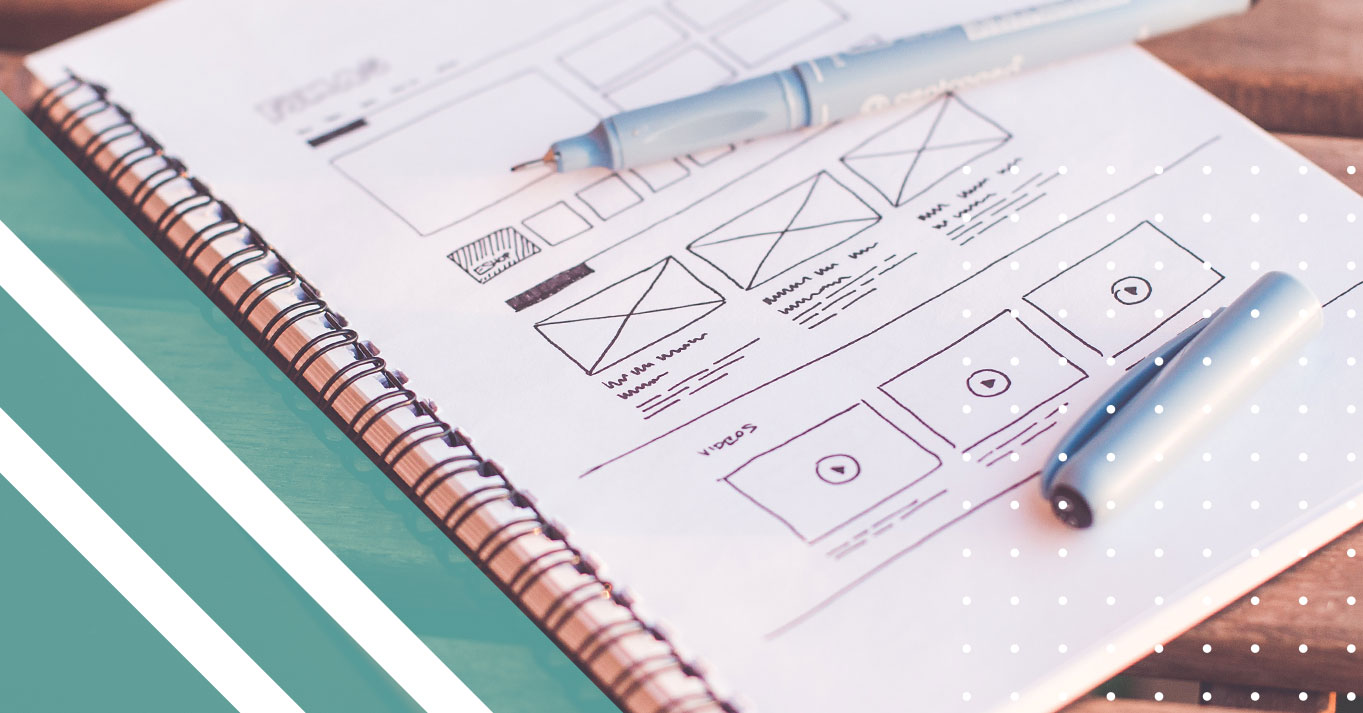
In today’s digital age, a well-crafted website serves as much more than a mere digital presence; it’s a powerful and versatile tool for businesses. Think of it as your round-the-clock sales representative, a trusted ambassador of your brand, and, perhaps most crucially, a catalyst for conversions. In this comprehensive guide, we invite you to embark on a journey that delves deep into the art and science of enhancing conversion rates through the strategic and thoughtful approach of website design.
Your website is, in many ways, the face of your business in the digital realm. It’s often the very first point of contact between you and your potential customers. As such, its design carries immense significance. Beyond aesthetics, your website’s design plays a pivotal role in shaping how visitors perceive your brand, how they interact with your content, and ultimately, whether they decide to take the desired actions that drive your business forward.
The Power of Website Design
Effective website design is the linchpin of your online presence. It’s the digital face of your business, and its significance extends far beyond aesthetics. Your website’s design can influence how visitors perceive your brand, engage with your content, and ultimately decide to take action. It’s the bridge that connects your business goals with the needs and preferences of your target audience.
Understanding Effective Website Design
Effective website design is a multifaceted concept that involves a careful balance of various elements. It’s not just about making things look pretty; it’s about creating an environment where users can navigate seamlessly, access information effortlessly, and feel compelled to take desired actions. To achieve this, you need to focus on several critical aspects of design.
User-Friendly Navigation
User-friendly navigation is the backbone of any well-designed website. It ensures that visitors can explore your site with ease, finding what they’re looking for without frustration. This involves organizing your menu structure logically, providing clear links, and minimizing clutter that can overwhelm users.
Mobile Responsiveness
In an era where mobile devices reign supreme, your website must be responsive to various screen sizes. Mobile responsiveness ensures that your site not only looks good on smartphones and tablets but also functions seamlessly, providing a consistent user experience regardless of the device.
Page Speed
Page speed is often underestimated but can significantly impact user satisfaction. Slow-loading pages can drive visitors away. Optimizing your website’s speed involves various techniques, such as image compression, browser caching, and efficient coding practices.
Compelling Visuals
Visual elements play a crucial role in capturing visitors’ attention and conveying your brand’s message. High-quality images, videos, and graphics enhance the visual appeal of your site and can effectively communicate your products or services.
Content that Connects
Your content should be more than just words on a page; it should resonate with your target audience. Effective website design incorporates well-researched, informative, and engaging content that addresses the pain points and needs of your visitors. It’s about providing solutions and building trust.
Call-to-Action (CTA) Placement
CTAs are the signposts that guide visitors toward taking specific actions on your website. Their placement, design, and messaging are critical. Strategic CTA placement ensures that users are encouraged to complete desired actions, such as making a purchase, signing up for a newsletter, or requesting more information.
Consistency
Consistency in design and branding is vital for building trust and credibility. Your website’s design should maintain a coherent visual identity across all pages. This consistency reassures visitors that they are indeed navigating your website and interacting with your brand.
Human-Centered Design
Effective website design should always have a human touch. It’s about understanding the needs, preferences, and emotions of your target audience. When visitors feel valued and understood, they are more likely to engage with your content and convert into customers.
SEO-Friendly Design
Integrating search engine optimization (SEO) principles into your website design is essential for visibility in search engine results. This involves incorporating relevant keywords, optimizing images, ensuring mobile-friendliness, improving page load times, and consistently publishing high-quality content that meets user search intent.
Conversational and Engaging Design
Your website should engage visitors in a friendly and conversational manner. Features like live chat support, feedback forms, and easy contact options create a sense of accessibility and encourage interaction. Engaged visitors are more likely to become loyal customers.
Conclusion
Creating a website that not only looks visually appealing but also delivers conversions in great quantity often requires the expertise of professionals who understand the delicate balance between aesthetics and functionality. Aesthetic marketing partners can be invaluable in this regard.
We specialize in crafting websites that not only draw visitors in with eye-catching designs but also strategically incorporate the elements necessary for maximizing conversions. We possess the knowledge and experience to create an online presence that aligns seamlessly with your brand identity and business objectives.
In conclusion, effective website design is a continuous journey of improvement. It’s about creating a digital space that not only looks appealing but also functions seamlessly, speaks to the needs of your audience, and ultimately drives conversions. By continually optimizing your website’s design based on data, feedback, and evolving user expectations, you can create a powerful online presence that converts visitors into loyal customers.



